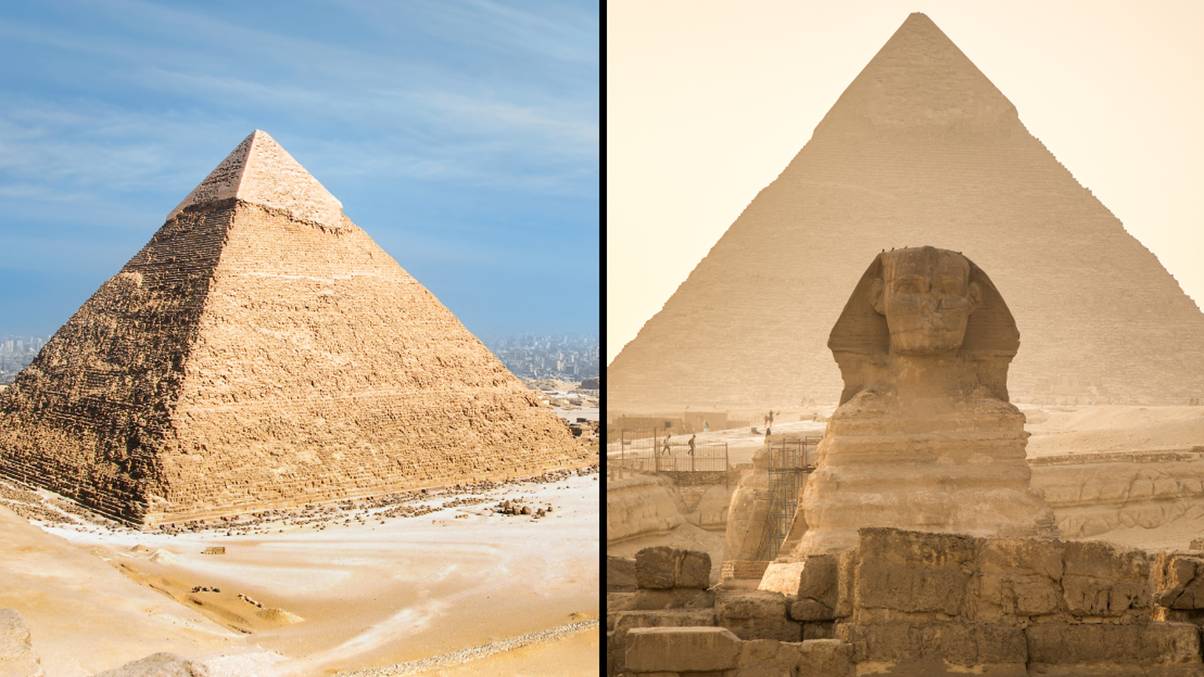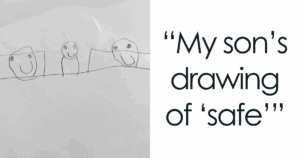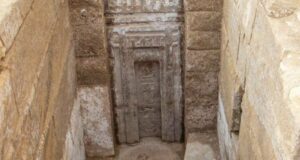“Unveiling the Secrets of the Great Pyramid: Why It Defies Our Expectations with a Surprising Shape!”
Have you ever wandered the desert, gazed up at the Great Pyramid of Giza, and thought to yourself, “Wow, that’s one impressive four-sided triangle… or is it?” Well, hold onto your Camelback, because your pyramid-shaped perceptions are about to get a major facelift! As one of the Seven Wonders of the World, this 4,600-year-old marvel attracts millions of curious souls each year—eager to decipher the mysteries of this incredible structure. While we all picture it as a majestic four-sided giant, research has revealed something rather mind-bending: the Great Pyramid has eight sides! Yes, you read that right! Built by a staggering workforce of up to 25,000 people back in 2600 BC, it’s not just a treat for the eyes, but also a puzzle wrapped in limestone! So, what’s the hidden truth lurking within its ancient walls? Dive in with me as we uncover the quirky secrets behind this iconic landmark! LEARN MORE.
It is one of the Seven Wonders of the World, with millions of people flocking to the Great Pyramid of Giza every single year to see the 4,600-year-old historical site.
But one major physical feature of the 138 metre tall structure is not quite as it seems, with people consistently finding out they have had it wrong this entire time.
Built over a 20-year period back in 2,600 BC, up to 25,000 people built the grand structure. This was made up of 4,000 people working directly on the pyramid itself, such as quarry workers, hauliers and masons.
At least 16,000 other workers did their bit on the Great Pyramid; this was made up of tool-makers, ramp builders and mortar mixers.
A four-sided pyramid, it is the most famous monument at the Giza pyramid site alongside two other main pyramids, with it labelled a UNESCO World Heritage Site.
Four sides, did we just say? Well, not quite.

The Great Pyramid of Giza and Sphinx (Getty Stock Images)
Four-sided pyramid no more
I know what you’re thinking. Is the author mad? Not quite, despite what your eyes are telling you when you look at the historic huge construction.
It was back in 1940 that people began to notice there may be more to the Great Pyramid’s outer layer.
Looking at an illustration in La Description de l’Egypte – a set of publications on Ancient Egypt – British Egyptologist Flinders Petrie noticed a hollow line down the middle of each side of the Great Pyramid.
Seen best from the air, the correct lighting could also show what looked like a line down the middle of each face, Petrie noticed.
Fellow Egyptologist I. E. S. Edwards also wrote about the factor in 1975 book The Pyramids of Egypt. In it, he writes: “In the Great Pyramid the packing-blocks were laid in such a way that they sloped slightly inwards towards the centre of each course, with a result that a noticeable depression runs down the middle of each face; a peculiarity shared, as far as is known, by no other pyramid.”

You can see the ‘line’ down the middle of the side (DigitalGlobe via Getty Images via Getty Images)
‘Concave octagonal pyramid’
Yep, you’re reading that right. Octagonal. The Great Pyramid of Giza actually has eight sides to it.
In a 2023 study for the Archaeological Discovery journal, academic researcher Akio Kato wrote about the issue once more, agreeing with the idea set out by the likes of Petrie and Edwards.
“The Great Pyramid at Giza is known to have an amazing character of concavity that each of its four faces is slightly indented along its central line, from base to peak,” Kato writes.
“In other words, the Great Pyramid is a concave octagonal pyramid, rather than the standard square pyramid.
“This concavity is so subtle to be seen from any ground position, but can be observed from the air.”
Why the main four sides face slightly inwards and join in the middle remains a total mystery. Classic Ancient Egypt.














